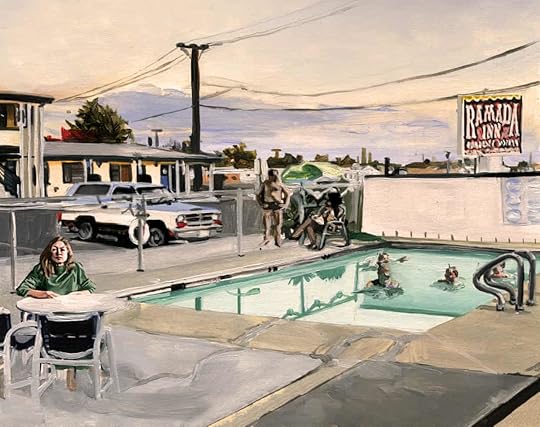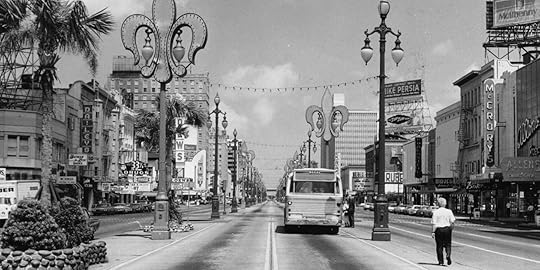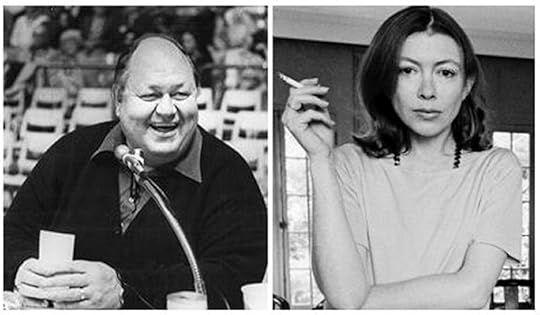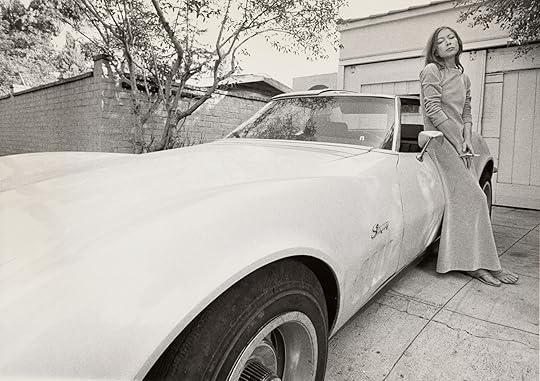What do you think?
Rate this book


160 pages, Hardcover
First published March 7, 2017








"The sun was still blazing on the pavement outside. The food seemed to have been deep-fried for the lunch business and kept lukewarm on the steam table. Eating is an ordeal, as in an institution, something to be endured in the interests of survival."The point of view is distant and unconvinced when a dinner host says something about how the blacks would return to the delta if there were jobs anymore because “this is a place with a strong pull.” Didion’s judgment is as clear as a torch in a muggy dark night.
"'South and West' is, in one regard, the most revealing of Didion's books. This might seem a far-fetched claim to make about an author who has written about her ancestry, her marriage, her health, and with painful candor, her grief--Didion's readers are, after all, on familiar terms with the personal details of her life. But the writing itself--the cool majesty of her prose, written as if from some great empyreal distance, elevating personal experience into universal revelation--has an immaculacy as intimidating as Chelsea porcelain. 'South and West' offers for the first time a glimpse inside the factory walls."
"Crossing the Pontchartrain bridge, the gray water, the gray causeway, the gray skyline becoming apparent in the far distance just about the time you lose sight of the shore behind you. The sight of New Orleans coming up like a mirage from about the midway point on the Lake Pontchartrain Causeway."
In the South they are convinced that they have bloodied their place with history. In the West we do not believe that anything we do can bloody the land, or change it, or touch it.
Neither she nor the girl nor the two men spoke during the time we were there. The jukebox played "Sweet Caroline." They all watched me eat a grilled-cheese sandwich. When we went back out into the blazing heat one of the men followed us and watched as we drove away.
It occurred to me almost constantly in the South that had I lived there I would have been an eccentric and full of anger, and I wondered what form the anger would have taken. Would I have taken up causes, or would I have simply knifed someone?
I thought the trial had some meaning for me—because I was from California. This didn’t turn out to be true.